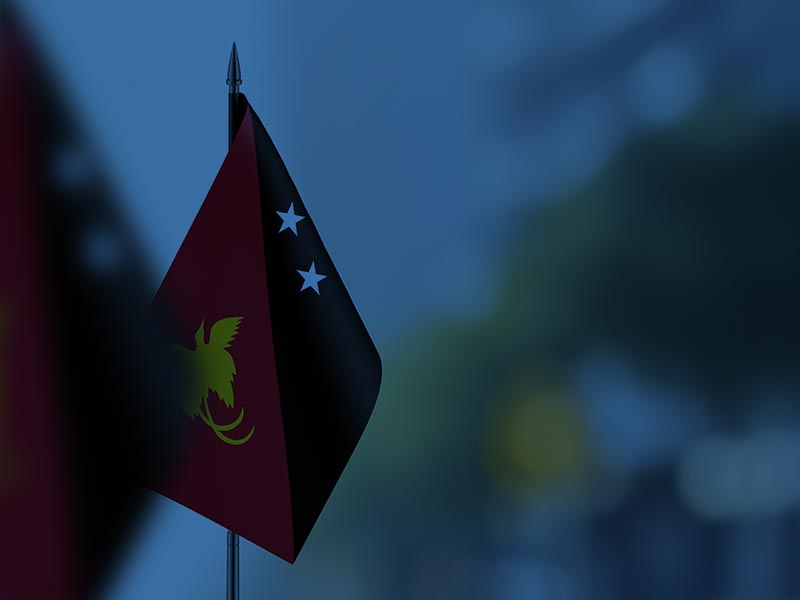Papua New Guinea (PNG) is home to over 800 languages, making it one of the most linguistically diverse countries in the world. This extraordinary variety accounts for nearly 12% of the world’s languages, with a population of around 9 million people. The languages are primarily divided into two groups: Austronesian and Papuan.
Austronesian languages, found mainly in coastal regions, include widely spoken languages like Tolai and Motu. These languages typically feature simpler grammatical structures, often adhering to a subject-verb-object (SVO) word order. Hiri Motu, for example, was developed as a trade language and is characterized by its accessibility.
In contrast, Papuan languages, predominantly spoken in the interior highlands, are highly diverse and do not belong to a single family. Languages such as Enga and Huli exhibit complex grammatical systems, including intricate verb conjugations and multiple noun classes. Some Papuan languages are also tonal, where pitch variations can change word meanings.
Additionally, Tok Pisin, a creole language derived from English, serves as a lingua franca and one of PNG’s official languages. While it simplifies many aspects of English, it incorporates indigenous vocabulary, reflecting the country’s rich cultural tapestry and linguistic heritage.
Related Articles
The History of Handwritten Letters—Messages Across Time
Before emails, texts, and instant messaging, the handwritten letter was the primary form of long-distance communication. For centuries, letters have connected people across vast distances, sharing...
The Evolution of Ice Skating—From Survival to Sport
Ice skating is a winter pastime enjoyed by millions, but its origins were more about survival than sport. The earliest known skates, dating back over 4,000 years, were made from animal bones and...
The Origins of Valentine’s Day—Love Through the Ages
Valentine’s Day, celebrated worldwide on February 14, is synonymous with love, flowers, and heart-shaped confections. But its origins are steeped in history, mythology, and even mystery. The holiday...





